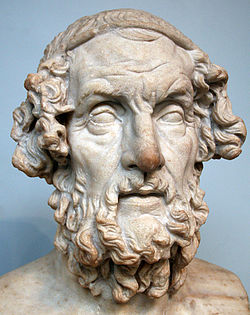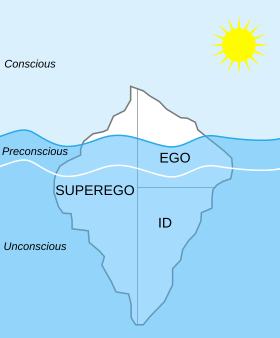Lava: Etymology
Italian lava, lava, originally, in Naples, a torrent of rain overflowing the streets, from Italian and Latin lavare, to wash. See lave
from http://en.wiktionary.org/wiki/lava#English
Lava photos:
First, Second, Third, Forth, Fifth
Jesus fucking christ!
~ ~ ~ ~ ~
2.) [Ken] Wilber purports that many claims about non-rational states make a mistake he calls the pre/trans fallacy. According to Wilber, the non-rational stages of consciousness (what Wilber calls "pre-rational" and "trans-rational" stages) can be easily confused with one another. One can reduce supposed "trans-rational" spiritual realization to pre-rational regression, or one can elevate pre-rational states to the trans-rational domain. For example, Wilber claims that Freud and Jung commit this fallacy. Freud considered mystical realizations to be regressions to infantile oceanic states. Wilber alleges that Freud thus commits a fallacy of reduction. Wilber thinks that Jung commits the converse form of the same mistake by considering pre-rational myths to reflect divine realizations.
Although an odd way to discuss it (pre-/trans-), I wonder about this in relation to Campbell.
from http://en.wikipedia.org/wiki/Pre/trans_fallacy#The_pre.2Ftrans_fallacy
~ ~ ~ ~ ~
3.) I had forgotten about this, the CoSM and MicroCoSM gallery in NYC: the Chapel of Sacred Mirrors: artwork by Alex Grey.
http://www.cosm.org
~ ~ ~ ~ ~

4.) The Koryak of eastern Siberia have a story about the fly agaric (wapaq) [Amanita muscaria] which enabled Big Raven to carry a whale to its home. In the story, the deity Vahiyinin ("Existence") spat onto earth, and his spittle became the wapaq, and his saliva becomes the warts. After experiencing the power of the wapaq, Raven was so exhilarated that he told it to grow forever on earth so his children, the people, can learn from it.
The active ingredient is excreted in the urine of those consuming the mushrooms, and it has sometimes been the practice for a shaman to consume the mushrooms, and the rest of the tribe to drink his urine: the shaman, in effect, partially detoxifying the drug (the sweat- and twitch-causing muscarine is absent in the urine).
The British writer Robert Graves theorizes in a preface to his book, The Greek Myths, that the Dionysian rites were conducted under the influence of this mushroom. John Marco Allegro argues in The Sacred Mushroom and the Cross that the Christian religion is derived from a sex and psychedelic mushroom cult, although his theory has found little support by scholars outside the field of ethnomycology. In Magic Mushrooms in Religion and Alchemy (formerly called Strange Fruit) Clark Heinrich interprets A. muscaria usage by Adam and Eve, Moses, Elijah and Elisha, Isiah, Ezekiel, Jonah, Jesus and his disciples, and John of Patmos. In the book Apples of Apollo the mushroom is identified in a wide range of mythological tales such as those involving Perseus, Prometheus, Heracles, Jason and the Argonauts, Jesus and the Holy Grail.
(This kind of stuff goes on and on!)
from http://en.wikipedia.org/wiki/Amanita_muscaria#Psychoactive_properties
~ ~ ~ ~ ~








